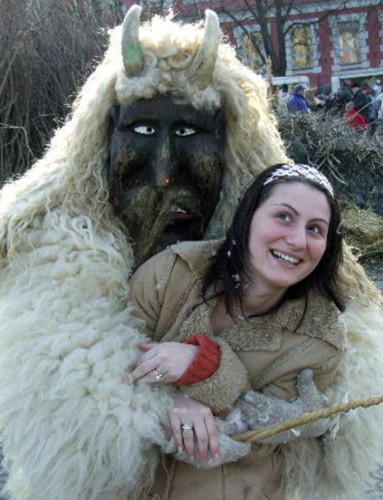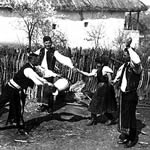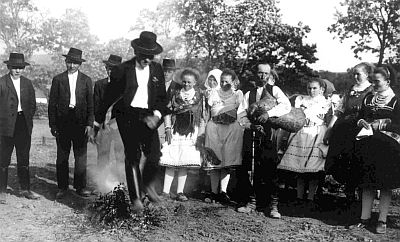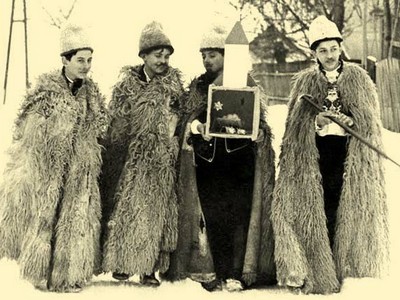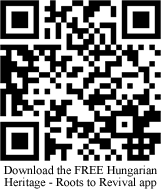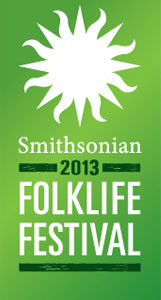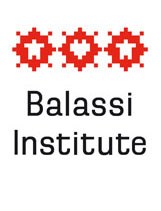Agricultural activities reflected calendar rituals throughout the year. By practicing these rituals it was thought to bring fertility, luck and blessings to the peasant household. The number and variety of these customs, interwoven and colored with dramatic elements, is extremely varied by regions and ethnic groups in Hungary.
The most important calendar customs were tied to the spring equinox (Lent and Easter), the winter and summer solstices (Advent, Christmas; Midsummer Night) and Carnival between Christmas and Lent.
Carnival (farsang) starts with the Epiphany and lasts until Ash Wednesday, but is especially alive from the Sunday before Ash Wednesday until Tuesday evening, which is generally called the “tail of Farsang”. This is one of the most joyful holidays of spring, celebrating the passing of winter, cold, and darkness. During farsang the names of unmarried old maids were shouted out. Young men, amidst a great deal of noise, recited different songs and rhymes in front of the houses where such maids lived. In addition to the procession Busós (people wearing traditional masks) during Carnival (such as Busójárás) there are also customs driving out evil and working magic on the crop. At such times they threaten the fruit trees with an axe that if they do not yield enough, they will cut them down.
Another important celebration of spring is Easter. ‘Easter Monday Sprinkling’ (Húsvét Hétfő) is a national holiday throughout the country to this day. Sprinkling represented a blessing of young ladies with fertility and luck in finding a spouse. In the past boys would pour buckets of water on the girls. If the girls did not come out on their own, the young men would drag them out of their homes. Later buckets of water were replaces by perfumed water, and in return the boys received decorated colored eggs. This custom is still alive today. Sprinkling poems have evolved from generation and are specific to regions as well.
The most important event tied to the customs of Midsummer Night (Szent Iván-éj) is the lighting of the fire (the shortest night of the year). People jumped over the fire after they lit it. The purpose of jumping over the fire is to purify girls, and to bring luck in finding husbands. Besides, the smoke of the fire chased away evil spirits from the cornfields.
Christmas celebrations begin with Advent, approximately four weeks before the 25th of December. Before the Gregorian calendar was reformed, St. Lucy’s Day, December 13th was the shortest and darkest day of the year, and the night of evil witches. Women did not work on this day, whereas boys went from house to house and charmed the hens with poems so that they will lay eggs throughout the year around.
The most popular Christmas custom is the Nativity play (Betlehemezés) played by either young men or children. One of the oldest Hungarian customs, the regőlés (minstrelsy), is connected with the second day of Christmas, Saint Stephen’s Day. Minstrels rattled with chained cudgels and tried to make as much noise as possible with their jug pipes – an clay jug covered with a membrane. They went from house to house and wished household members and their families’ good luck and kindness.


